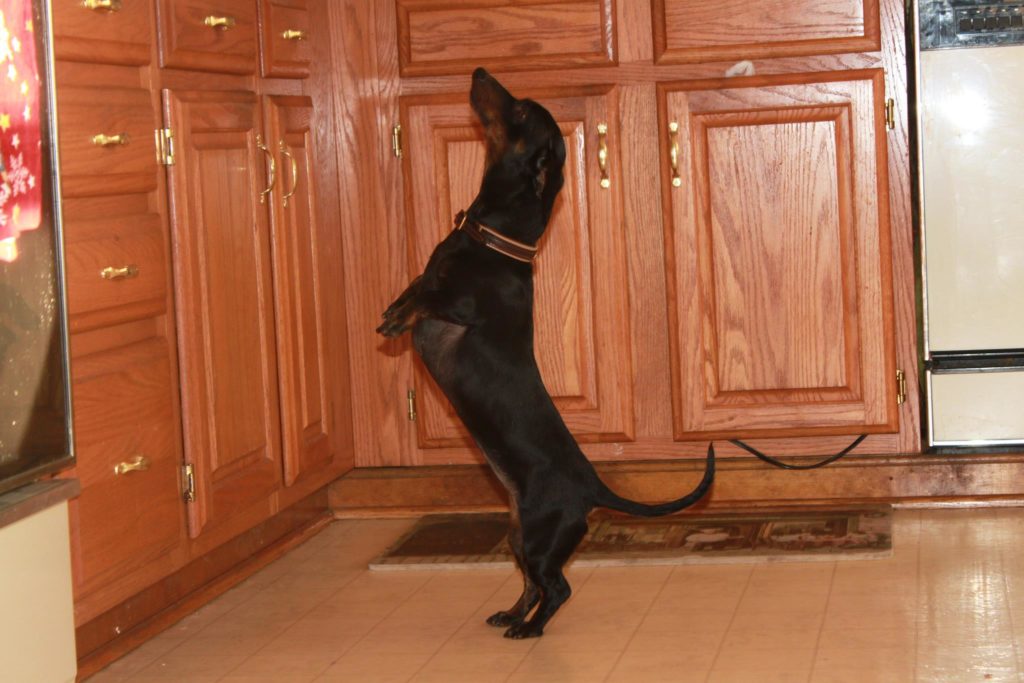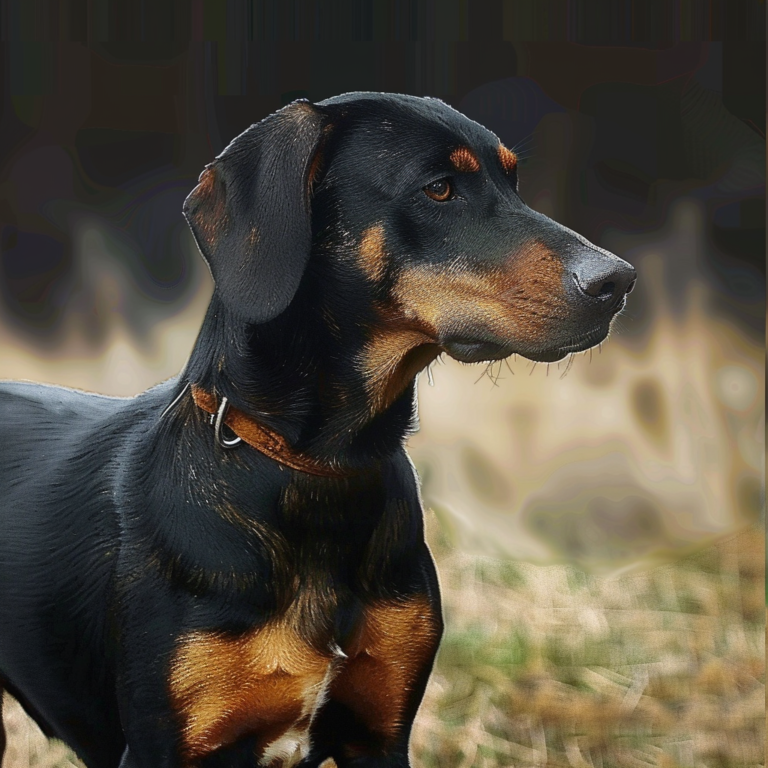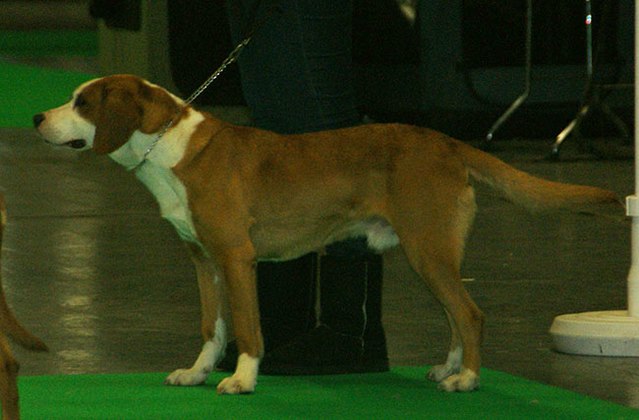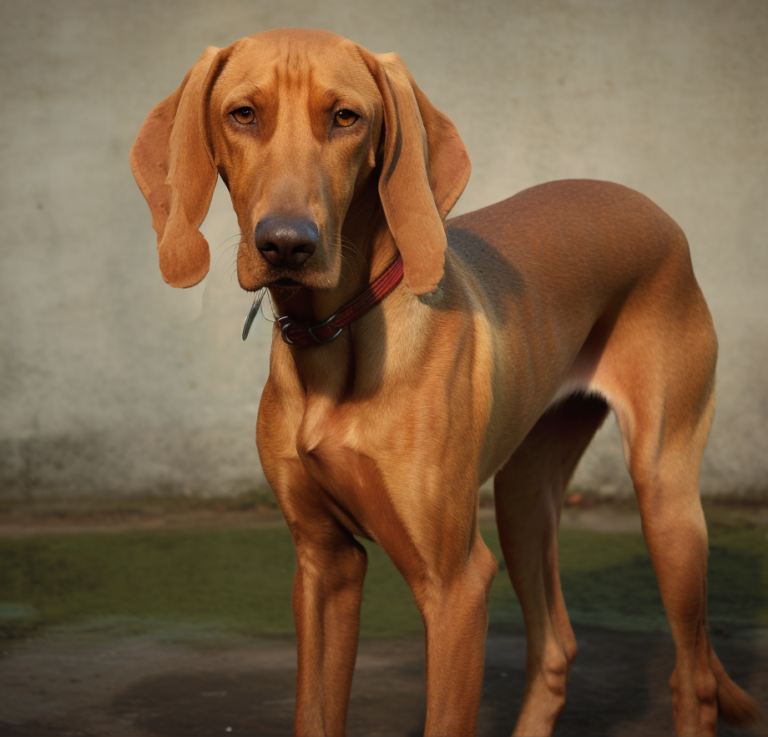Dachshunds may have a comical appearance, but the breed’s unique look is what made them excellent at their job – hunting badgers and other small game from inside the animal’s burrow! The breed’s short legs allowed them to squish into these tight tunnels in order to do battle with their (sometimes fierce) foe. This is a hunting dog through and through, and even today Dachshunds have a load of courage, independence and tenacity – the traits that enabled them to stay alive to do their job. These same traits can make them difficult to live with in modern society, particularly if the owner isn’t prepared to meet their distinctive needs.
Perhaps because of their incredibly stubborn nature, many people are led to believe that Dachshunds are not smart. This is completely false- they are incredibly clever (even conniving at times)! This was not a breed that was built to work with people (they worked independently with the hunters nearby). As such, many don’t see the point of learning obedience and instead prefer trying to train their owner instead. This said, with the right motivation they can learn! Some even compete successfully in obedience competitions, although it takes a lot of consistency, motivation and patience on the part of the owner to get to competition-level.
Dachshunds love to be close to their owners, often bonding very strongly with one person in particular and then following them everywhere (although some do bond with the whole family). The breed particularly prefer to be in the middle of the action! This can be pleasant… but can also prove to be frustrating to have a tiny dog underfoot at any given time. Care must be taken not to step on the dog, or accidentally drop something on him. As this is a playful breed, he may try to engage in a game of fetch (or some other type of game that he finds amusing) although he will usually insist that you follow his rules! For a breed like the Dachshund, we suggest a Petmate Vari Kennel for its ideal size and durability – https://amzn.to/3B3CUE6
Dachshunds are not always easy to housebreak, perhaps to due their incredibly stubborn nature. While some people have been able to 100% housebreak this their Dachie, it is more common to hear about individual dogs who are 90-95% housebroken. If the dog fails to go outside despite being (mostly) housebroken, it is usually because of the weather. Many Dachshunds would rather face the consequences of their actions (via their owner) than face the cold/rain/wet realities of going outside on a particularly nasty day! Keep in mind that in addition to their penchant for not always being reliable, they also may take longer than other breeds to “catch on” to housebreaking in the first place. It just doesn’t seem to be of particular interest to them.
Because of his structure, the Dachshund is more susceptible to back injury than other breeds. Slipped disks are unfortunately common, and while there is often a genetic component, there are precautions an owner can take to minimize the risk. The biggest way to protect the back is to keep the dog in good shape. Fat Dachshunds have more strain on their backs, which leads to more frequent injury. Furthermore, the breed should never be allowed to jump off of tall furniture as this can also cause problems – providing a ramp would be a better choice. Keeping the nails short and taking care to support the back when holding the dog are two other precautions an owner can take to diminish the chances of back problems. 
The Dachshund can get along well with children although it is recommended that they are introduced while they are still puppies. Supervision is also advised, particularly with younger children. Some people make the mistake of keeping the dog outside all the time because they are scared of one hurting the other – this is ill-advised with a Dachshund as they are far too social to be outdoor-only dogs. Take the time to make the introductions right the first time so both child and dog can get along harmoniously!
Dachshunds make great watch dogs as they will bark when people come to the door. Many have voices that make them sound bigger than they actually are, which is an added deterrent – although this breed is not suited to be a guard dog. Once they are satisfied that they’ve “chased away” the threat, they’ll usually go back to their “spot” to chill out again – often a spot of sunlight or a warm blanket to tunnel into.
Dachshunds come in a number of different appearances! The breed exists in two different sizes (standard and miniature), as well as three different coat types (smooth, longhaired and wirehaired). While the breed’s short legs means that they are never taller than nine inches off the ground, miniatures are only about 10 pounds while standards can be three times as heavy! They also boast a wide number of colors and patterns, which means that the combinations of appearance are almost endless. While some color and coats are more typically seen than others, a gathering of Dachshunds usually consists of a broad variety of looks.
Perhaps as a throwback to their hunting roots – Dachshunds tend to roll around in the smelly things that they encounter outside. Manure, pungent mud or dead worms are all fair game! Another dirty habit is their love of digging, which they tend to do when left to their own devices. Despite their outside antics, however, Dachshunds are relatively clean and don’t usually have a strong doggy odor (as long as they haven’t been rolling in something). They don’t need to be bathed particularly often and only shed only a small-medium amount. As would be expected, smooths are the easiest to take groom while longhairs and wirehairs require more maintenance.
The Dachshund is moderately active and does need regular exercise. Two walks a day, each about half a mile, is usually considered sufficient. Because of their short legs, they don’t make the best jogging companions but do appreciate a nice walk. This exercise will keep them happy and healthy, and contributes to their long life (they live an average of 14-16 years). It also strengthens muscles, which factors into a strong back. Dachies that don’t receive enough things to do can easily get bored.
Affiliate Disclaimer
As an Amazon Associate, I earn from qualifying purchases. This means that if you click on an affiliate link on this site and make a purchase, I may earn a small commission at no additional cost to you. Rest assured that I only link to products I have used, or use on a regular basis, and trust enough to recommend them to you!



